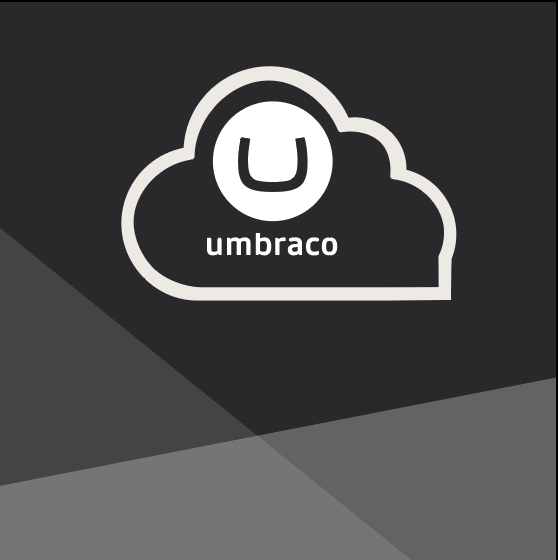Do I Need a Native Mobile App?
Chris Osterhout SVP of Strategy#Industry Insights, #Mobile

We look at what you need to consider before planning to create a native mobile app to reach users on smart phones and other mobile devices.
With the proliferation of smartphones, tablets, and other mobile devices in all aspects of modern life, every organization is wondering how to make sure they are able to reach their customers no matter what device they are using to access information.
While many websites are implementing responsive design or mobile web apps, one question that is often heard is whether a native mobile app that allows users to directly access an organization’s information from their device’s home screen is a good idea. While this option may make sense for some companies, it’s important to fully understand the ramifications and complications surrounding native applications. Here are four things to consider before going down the path to a native app:
1. Know the Rules
You may think you have a great idea for your own native app, but that doesn’t necessarily mean that the app stores will agree. Each app store, from Apple’s iTunes, to Google Play, to Amazon’s Appstore, has its own guidelines as to what type of app will be admitted, so you’ll need to make sure your native app will meet their requirements.
For example, if you plan to create a native app that will simply link to pages on your website, other related websites, or other apps, this would be considered a “link farm”, which violates the policies of the iTunes App Store. Before planning your native app, you’ll need to make sure it will meet the guidelines of each individual platform. If this isn’t possible, you may need to consider another solution.
2. Understand the Costs
This may seem like an obvious statement, but building and maintaining native apps costs money. However, the costs of native apps can extend beyond the obvious time and money spent on development tasks and into unexpected areas. Depending on which platforms you plan to create a native app for (Apple iOS, Google Android, Windows Phone, Blackberry, etc.), developing and maintaining multiple versions of your app across multiple platforms can cause the costs to add up.
You’ll also want to keep in mind that there is significant fragmentation across the different versions of mobile operating systems. Depending on the range of hardware that you plan to support, you may end up needing to build and support different versions of your native app not only for each operating system, but for multiple versions of those operating systems, leading to a much larger endeavor and higher costs than anticipated.
3. Understand Where the Data Is Coming From
The data in a native mobile app needs to be continually updated, but before embarking on development of the app, you’ll need to understand how the data will be sent to each version of the app across the different platforms and how you will manage updating it. Furthermore, if the data imported into the app is contained on a site you don’t own but simply link to, how will you access this data and present it within your app? In addition to the technical details of how to get the data into your native app, you’ll need to be aware of any licensing considerations that may arise when importing information from sites that you don’t own. Determining the level of implementation that will need to be handled across multiple platforms will help you understand the amount of work needed to build and maintain your native app.
4. Consider the Alternatives
Taking the above considerations into account, you may not be ready for a native mobile app, but you’ll still want to meet the needs of mobile users who want to access your website. Implementing responsive web design (RWD) or building a mobile web app may be a preferable alternative and a more cost effective way to meet your users’ needs.
If, in order to meet your business requirements, you need a native app, it often makes sense to create a minimal viable product first. In many cases, this would be a mobile web app that can be bookmarked on a smart phone’s home screen, functioning similar to a native app without the need for the level of development described above. Creating this type of minimal viable product will allow you to use analytical tracking to prove or disprove the need for a native mobile app and determine whether the level of development activity required to create and maintain a native app is worth the investment.
What’s the Best Solution for You?
Please keep in mind that we’re not discouraging the need for native mobile apps. In many cases, they make sense as a solution that will meet the needs of an organization and provide value to their users. Whether you’re considering a native app or would like to determine if a responsive redesign of your website is a better solution for you, we can help. Please contact us to speak to a Solutions Engineer, and we’ll work with you to find the solution that best fits into your digital strategy.
Related Posts

Why Choose a CMS?
We look at the advantages that a Content Management System (CMS) can bring to your digital and content marketing strategy.

How Umbraco Cloud Eliminates Technical Roadblocks and Empowers Marketers
How Umbraco Cloud Eliminates Technical Roadblocks and Empowers Marketers: focus on marketing instead of IT hassles to drive business growth effectively.
Results Matter.
We design creative digital solutions that grow your business, strengthen your brand and engage your audience. Our team blends creativity with insights, analytics and technology to deliver beauty, function, accessibility and most of all, ROI. Do you have a project you want to discuss?
Like what you read?
Subscribe to our blog "Diagram Views" for the latest trends in web design, inbound marketing and mobile strategy.
